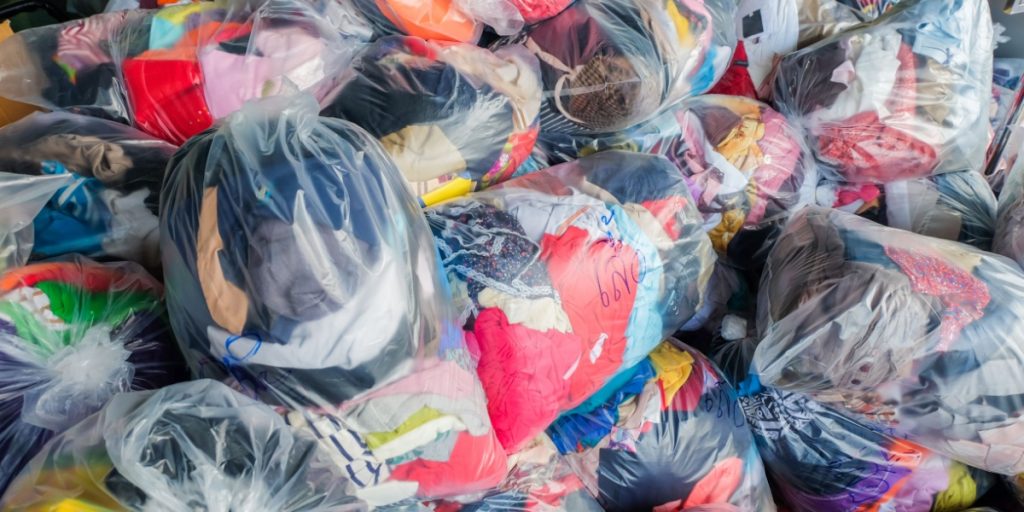The High Price of Cheap Clothes: How Fast Fashion Contributes to Climate Change
Others are reading now
In recent years, fast fashion has seen significant growth, along with the overall clothing industry.
Despite the global challenges like inflation and economic crises, the demand for cheap, trendy clothing has remained strong.
Over the last two years, production has slowed slightly, but still increased by 2-3%, according to WP.
While it seems like a small increase, this growth means more resources are used, more fossil fuels are burned, and more waste is created, adding to the already harmful effects on the environment.
Also read
Fast fashion has become popular for people with low incomes who can’t afford high-quality clothes.
However, the cheapness of these clothes comes at a heavy cost to the planet. The industry relies heavily on synthetic materials, many of which are made from petroleum.
These materials contribute to pollution, waste, and growing emissions. Polyester, a common synthetic fabric, is made from petroleum and is one of the worst offenders.
The situation is worsened by social media apps and influencers who encourage excessive buying.
Brands like Shein, which have massive online followings, tempt people to buy clothes they don’t need.
The app TEMU, another Chinese platform, has gained millions of users globally, offering cheap deals that further encourage overconsumption.
However, some people are fighting back. Students in Warsaw are part of a project that raises awareness about the dangers of fast fashion.
They are working with an organization called Wear&Care, aiming to educate others on the environmental damage caused by the clothing industry.
Their efforts focus on encouraging people to buy clothes made from natural materials, which are durable and better for the environment.
The impact of the fashion industry is staggering. It accounts for nearly 10% of global CO2 emissions, more than aviation or shipping.
China is the largest producer of clothing, supplying 31.7% of the world’s market.
This production contributes heavily to climate change and environmental degradation in countries like Bangladesh and Pakistan, where extreme weather conditions pose a threat to workers and manufacturers.
But there is hope. The “regenerative” fashion movement encourages more sustainable farming practices and the use of natural fibers.
Examples include jeans made from linen grown on waste land in the UK. These practices help reduce the environmental impact of clothing production and promote a more sustainable future.
By making conscious clothing choices, we can reduce the harm caused by fast fashion and work towards a cleaner, healthier planet.


